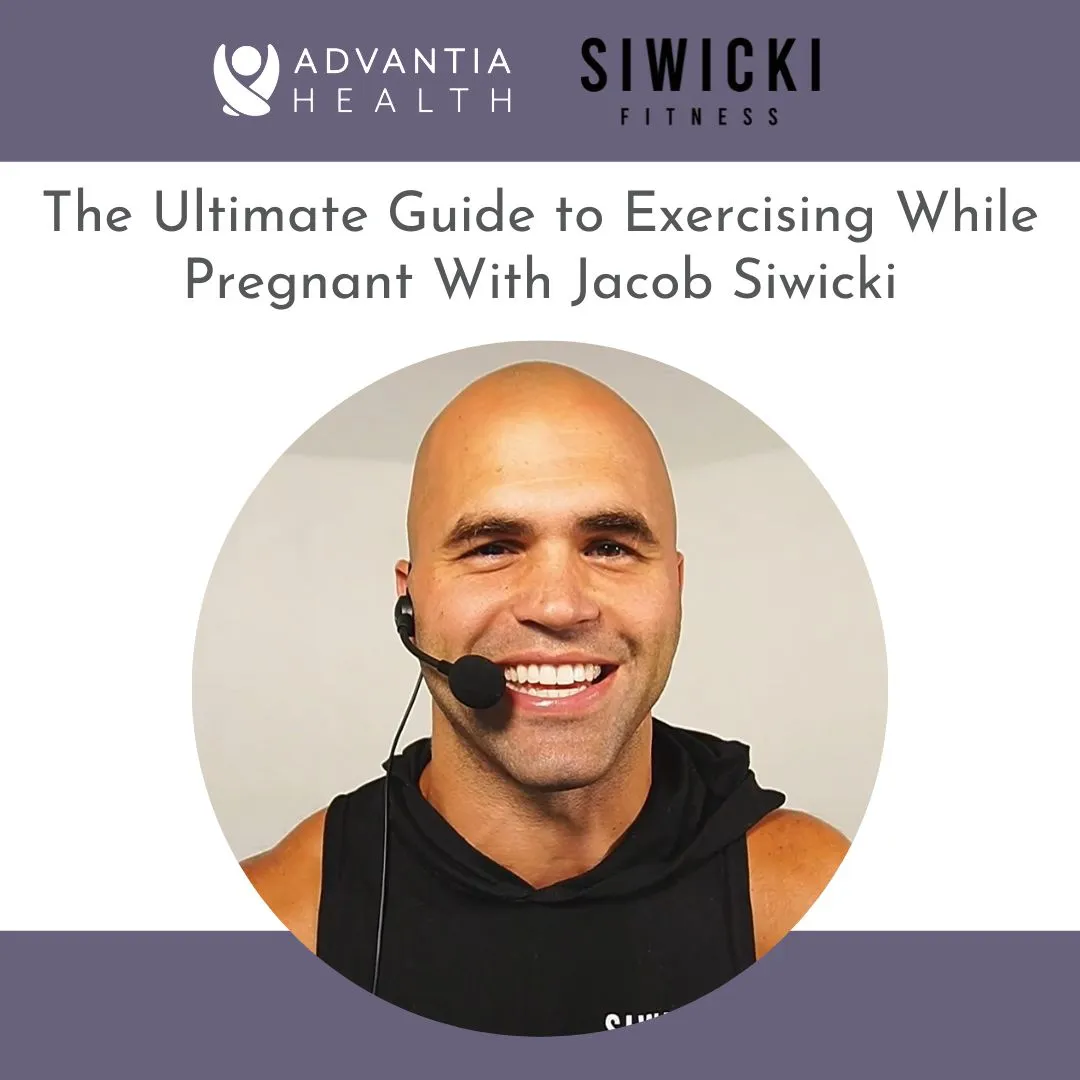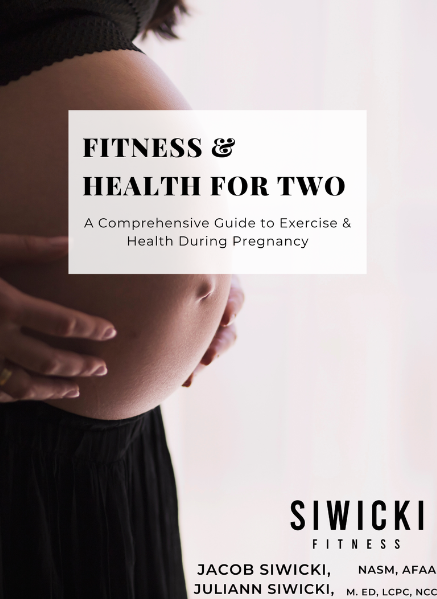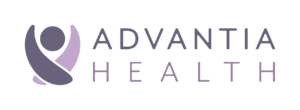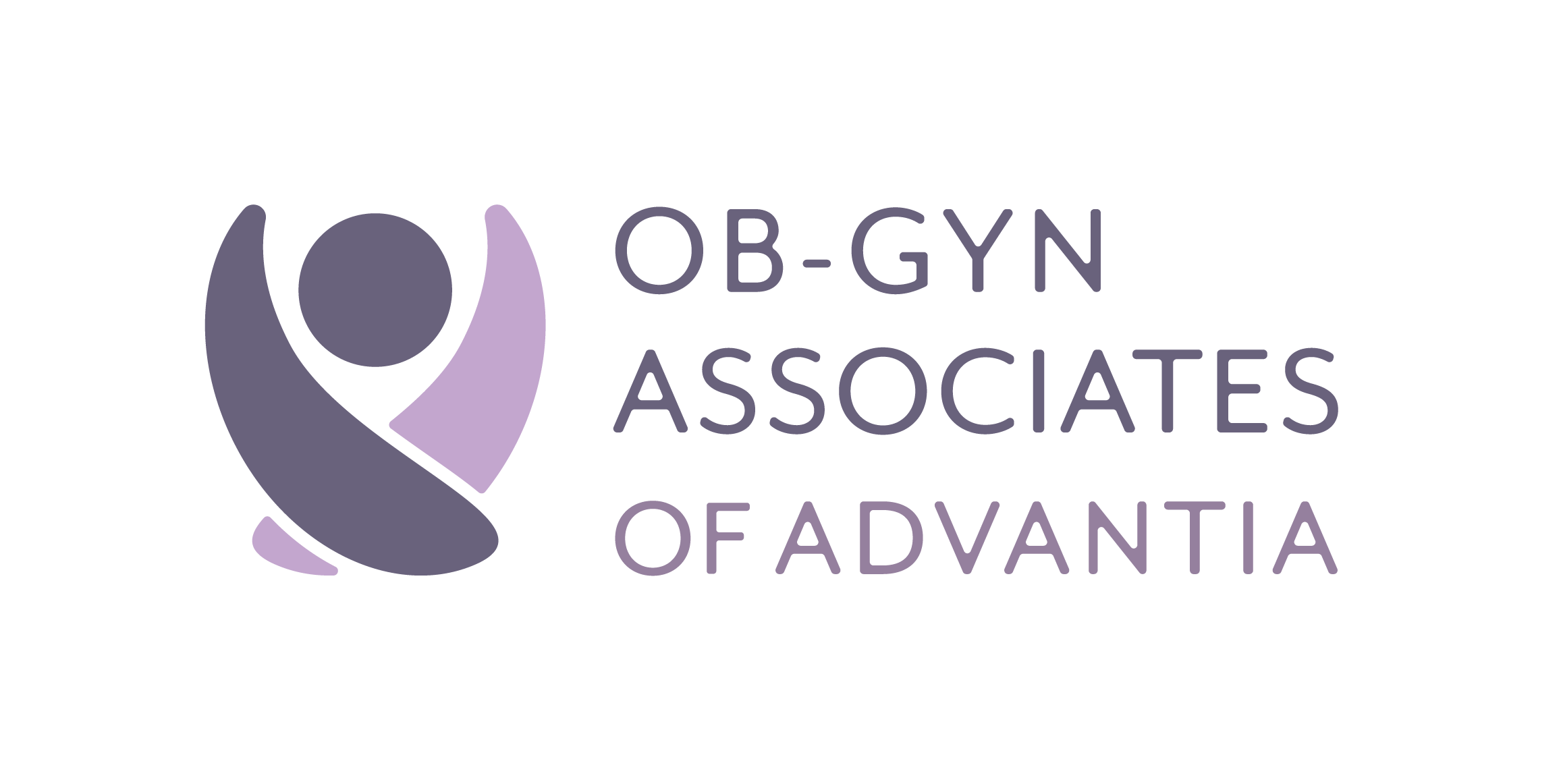
Published on: 7 September, 2023
Read Time: 8 min
 Congratulations, mama-to-be! Being active during pregnancy has many benefits for you and your baby on this amazing journey. But where do you begin, and how can you exercise safely throughout each trimester?
Congratulations, mama-to-be! Being active during pregnancy has many benefits for you and your baby on this amazing journey. But where do you begin, and how can you exercise safely throughout each trimester?
Jacob Siwicki, a personal trainer and women’s health specialist, collaborated to create this guide. We give you advice on exercising while pregnant, including dos and don’ts for each trimester.
Remember, always consult with your healthcare provider before starting or modifying any exercise routine during pregnancy. Advantia Health providers are here to help you on your journey, ensuring you receive the best possible care and guidance.
Find a Provider
Exercising for a Healthy Pregnancy
Prenatal exercise has several benefits, such as preparing your body for giving birth and helping with recovery after childbirth. Research has shown that exercise during pregnancy also improves mood, decreases discomfort, boosts energy levels, and promotes better sleep. Additionally, it may reduce the risk of gestational diabetes and high blood pressure.
To guide us, we will use Jacob Siwicki’s eBook, Fitness & Health For Two. His book provides valuable advice and guidance tailored specifically for pregnant women – with hands-on experience as a father of three.
“Pregnancy is a journey; exercise makes it a smoother ride.”
– Jacob Siwicki
First Trimester: Laying the Foundation
The first trimester is an exciting time when your body is embarking on the journey of creating new life. During this phase, focus on establishing a foundation for a healthy and active pregnancy.
1. Listen to Your Body
Pay close attention to your body’s signals and adjust your exercise routine accordingly. Feeling tired, sick, or having sore breasts can affect your energy. It’s okay to rest and be flexible with yourself. If you’re a beginner, start with walking every day and work your way up.
2. Low-Impact Activities
With the go-ahead from your healthcare provider, consider engaging in low-impact activities such as walking, swimming, and prenatal yoga. These exercises help improve circulation, maintain muscle tone, and reduce the risk of joint strain.
3. Strength Training
Incorporating light strength training exercises is generally safe during the first trimester. Focus on exercises that target major muscle groups, like squats or modified push-ups. Jacob’s eBook provides detailed instructions on safe and effective strength training exercises for pregnant women.
Second Trimester: Embrace Your Growing Bump
During the second trimester, adjust your exercise routine to accommodate your growing baby bump. Avoid over-doing it and pay attention to your body and stop doing crunches and other core exercises.
1. Cardiovascular Exercises
Continue with cardiovascular exercises that get your heart pumping while avoiding high-impact activities. Swimming, stationary cycling, and brisk walking are great options that minimize stress on your joints.
2. Prenatal Classes
Consider joining prenatal exercise classes specifically designed for expectant mothers. Instructors who are knowledgeable about the modifications required during pregnancy lead these classes, providing a supportive environment.
3. Pelvic Floor Exercises
The second trimester is an ideal time to focus on strengthening your pelvic floor muscles. These exercises can help prevent or manage incontinence and prepare your body for labor. Seek guidance from a qualified professional or refer to Jacob’s eBook for detailed instructions.
Third Trimester: Preparing for Your Baby’s Arrival
During the third trimester, your body is working hard to prepare for labor and delivery. Your exercise routine should now focus on maintaining comfort and preparing your body for the exciting journey ahead. Avoid laying on your back for too long and make modifications as necessary.
1. Gentle Workouts
Choose exercises that are gentle on your joints and accommodate your growing belly. Prenatal yoga, stretching, and low-impact aerobics can help improve flexibility, alleviate discomfort, and boost your mood.
2. Balance and Stability
As your center of gravity changes, it’s essential to concentrate on exercises that improve balance and stability. This will help reduce the risk of falls and injuries. Try incorporating standing exercises that engage your core muscles, such as gentle squats or modified lunges.
3. Rest and Recovery
As your due date approaches, prioritize rest and recovery. Listen to your body’s cues and take breaks when needed. Proper rest will ensure you maintain your energy levels and stay healthy leading up to labor.

Conclusion: Nurturing Yourself and Your Baby
Staying active during pregnancy is crucial for your physical and mental well-being. Remember, every pregnancy is unique, and what works for one woman may not work for another. Always consult with your healthcare provider before starting or modifying any exercise regimen.
Embrace the journey, trust your body, and make choices that support your well-being. Exercising during pregnancy helps you get ready for childbirth and feel confident and energetic as a mother.
Remember, you are strong, capable, and doing an incredible job nurturing your baby every step of the way. Stay active, embrace the changes, and enjoy this extraordinary journey to motherhood!
Find a Location Congratulations, mama-to-be! Being active during pregnancy has many benefits for you and your baby on this amazing journey. But where do you begin, and how can you exercise safely throughout each trimester?
Congratulations, mama-to-be! Being active during pregnancy has many benefits for you and your baby on this amazing journey. But where do you begin, and how can you exercise safely throughout each trimester?
Jacob Siwicki, a personal trainer and women’s health specialist, collaborated to create this guide. We give you advice on exercising while pregnant, including dos and don’ts for each trimester.
Remember, always consult with your healthcare provider before starting or modifying any exercise routine during pregnancy. Advantia Health providers are here to help you on your journey, ensuring you receive the best possible care and guidance.
Find a Provider
Exercising for a Healthy Pregnancy
Prenatal exercise has several benefits, such as preparing your body for giving birth and helping with recovery after childbirth. Research has shown that exercise during pregnancy also improves mood, decreases discomfort, boosts energy levels, and promotes better sleep. Additionally, it may reduce the risk of gestational diabetes and high blood pressure.
To guide us, we will use Jacob Siwicki’s eBook, Fitness & Health For Two. His book provides valuable advice and guidance tailored specifically for pregnant women – with hands-on experience as a father of three.
“Pregnancy is a journey; exercise makes it a smoother ride.”
– Jacob Siwicki
First Trimester: Laying the Foundation
The first trimester is an exciting time when your body is embarking on the journey of creating new life. During this phase, focus on establishing a foundation for a healthy and active pregnancy.
1. Listen to Your Body
Pay close attention to your body’s signals and adjust your exercise routine accordingly. Feeling tired, sick, or having sore breasts can affect your energy. It’s okay to rest and be flexible with yourself. If you’re a beginner, start with walking every day and work your way up.
2. Low-Impact Activities
With the go-ahead from your healthcare provider, consider engaging in low-impact activities such as walking, swimming, and prenatal yoga. These exercises help improve circulation, maintain muscle tone, and reduce the risk of joint strain.
3. Strength Training
Incorporating light strength training exercises is generally safe during the first trimester. Focus on exercises that target major muscle groups, like squats or modified push-ups. Jacob’s eBook provides detailed instructions on safe and effective strength training exercises for pregnant women.
Second Trimester: Embrace Your Growing Bump
During the second trimester, adjust your exercise routine to accommodate your growing baby bump. Avoid over-doing it and pay attention to your body and stop doing crunches and other core exercises.
1. Cardiovascular Exercises
Continue with cardiovascular exercises that get your heart pumping while avoiding high-impact activities. Swimming, stationary cycling, and brisk walking are great options that minimize stress on your joints.
2. Prenatal Classes
Consider joining prenatal exercise classes specifically designed for expectant mothers. Instructors who are knowledgeable about the modifications required during pregnancy lead these classes, providing a supportive environment.
3. Pelvic Floor Exercises
The second trimester is an ideal time to focus on strengthening your pelvic floor muscles. These exercises can help prevent or manage incontinence and prepare your body for labor. Seek guidance from a qualified professional or refer to Jacob’s eBook for detailed instructions.
Third Trimester: Preparing for Your Baby’s Arrival
During the third trimester, your body is working hard to prepare for labor and delivery. Your exercise routine should now focus on maintaining comfort and preparing your body for the exciting journey ahead. Avoid laying on your back for too long and make modifications as necessary.
1. Gentle Workouts
Choose exercises that are gentle on your joints and accommodate your growing belly. Prenatal yoga, stretching, and low-impact aerobics can help improve flexibility, alleviate discomfort, and boost your mood.
2. Balance and Stability
As your center of gravity changes, it’s essential to concentrate on exercises that improve balance and stability. This will help reduce the risk of falls and injuries. Try incorporating standing exercises that engage your core muscles, such as gentle squats or modified lunges.
3. Rest and Recovery
As your due date approaches, prioritize rest and recovery. Listen to your body’s cues and take breaks when needed. Proper rest will ensure you maintain your energy levels and stay healthy leading up to labor.
Conclusion: Nurturing Yourself and Your Baby
Staying active during pregnancy is crucial for your physical and mental well-being. Remember, every pregnancy is unique, and what works for one woman may not work for another. Always consult with your healthcare provider before starting or modifying any exercise regimen.
Embrace the journey, trust your body, and make choices that support your well-being. Exercising during pregnancy helps you get ready for childbirth and feel confident and energetic as a mother.
Remember, you are strong, capable, and doing an incredible job nurturing your baby every step of the way. Stay active, embrace the changes, and enjoy this extraordinary journey to motherhood!






